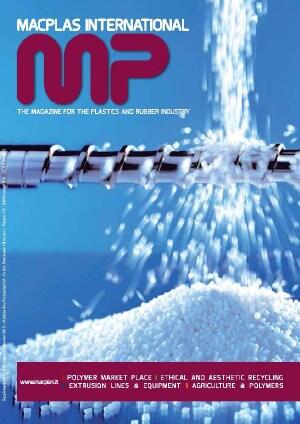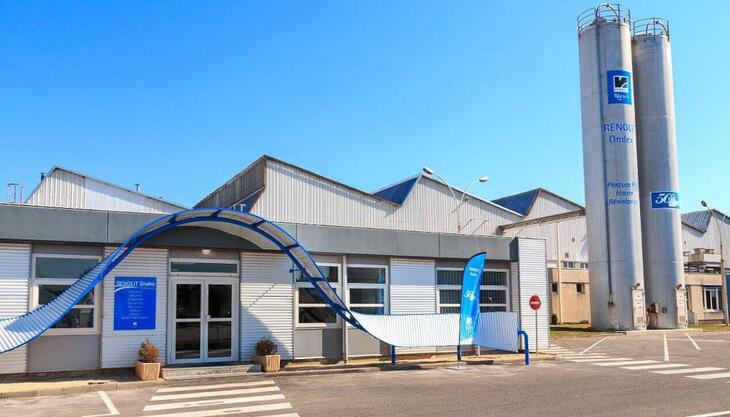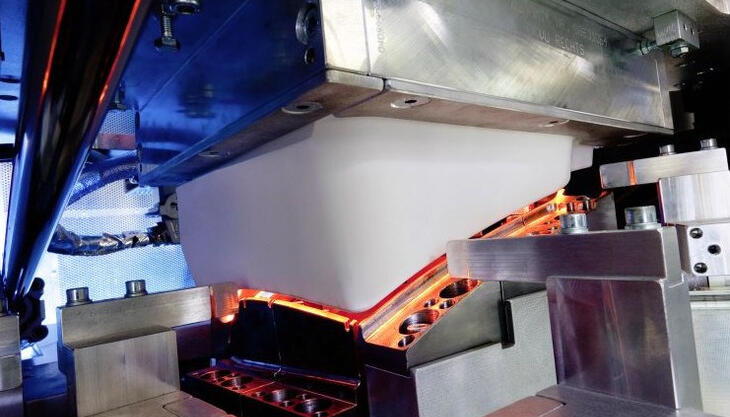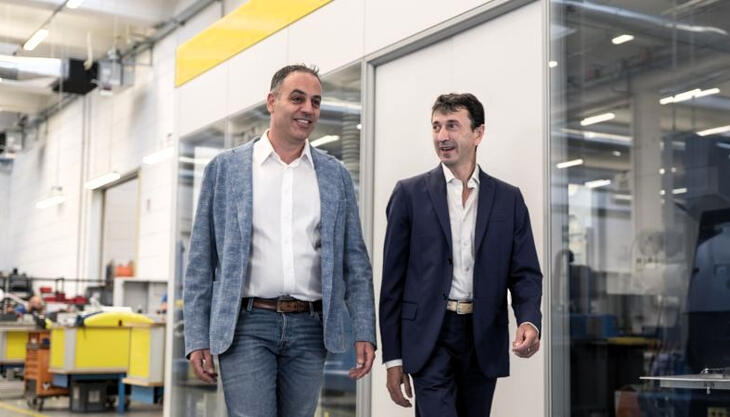Macplas International is back!

Well known in the world of plastics, Macplas International was published in several languages, from Russian to Polish (under the name Tworzywa), Chinese, and Farsi, until 2010. Back again at K 2013 (Düsseldorf, 16-23 October 2013), the biggest international trade fair for plastics and rubber, Macplas International makes an entrance showing off its brand new layout. Published to coincide with major international trade fairs for the plastics industry, it is going back to its original name, Macplas International, to enhance the Macplas brand, after the short experience of Made in Italy and Machines Italia special issues.
As with B2C products, often subject to fashion trends which nearly impose a new look with each season, also publishing products, although not as often, undergo a restyling process to keep up with changing times and adapt to new ways of reading, which are now quicker and more immediate. A trend that many magazines, not only specialized publications but also widely distributed consumer magazines, try to follow in different ways. Macplas has therefore decided to adopt a revamped look, starting from the August-September issue of the Italian magazine and the first issue of the year of Macplas International, dedicated to K 2013 in Düsseldorf.
The restyling can be noticed straightaway, starting from the cover, where the new MP logo stands out, specially designed to be associated with the reputation the magazine has earned and consolidated throughout 38 years of publishing. So many years of history are summarized in just two letters, bringing back the idea which was originally behind the publication. That idea was to offer a product that would speak firstly about machinery for plastics (from which the name Macplas and the MP logo), still the core of the publication, opening up to deal, in detail and in a modern way, with all issues related to the world of plastic materials (MP, again -standing for "Materie Plastiche" in Italian), from the environment to the endless applications which can now be realized by using polymers and composites. Finally, the "minimal" logo allows to focus on the photo on the magazine cover, as it happened back in 1981, when the first restyling took place.
And the final result is authentically new, in and out. It is not just a matter of layout and style (which make even the most technical articles more reader-friendly), but also contents. Some have been repositioned, others adapted in the way they are cut, by alternating "in depth" articles to shorter news, trying not to leave out anything that is going on in plastics technology whilst bearing in mind the different needs and requirements of the widest possible audience of readers.



















